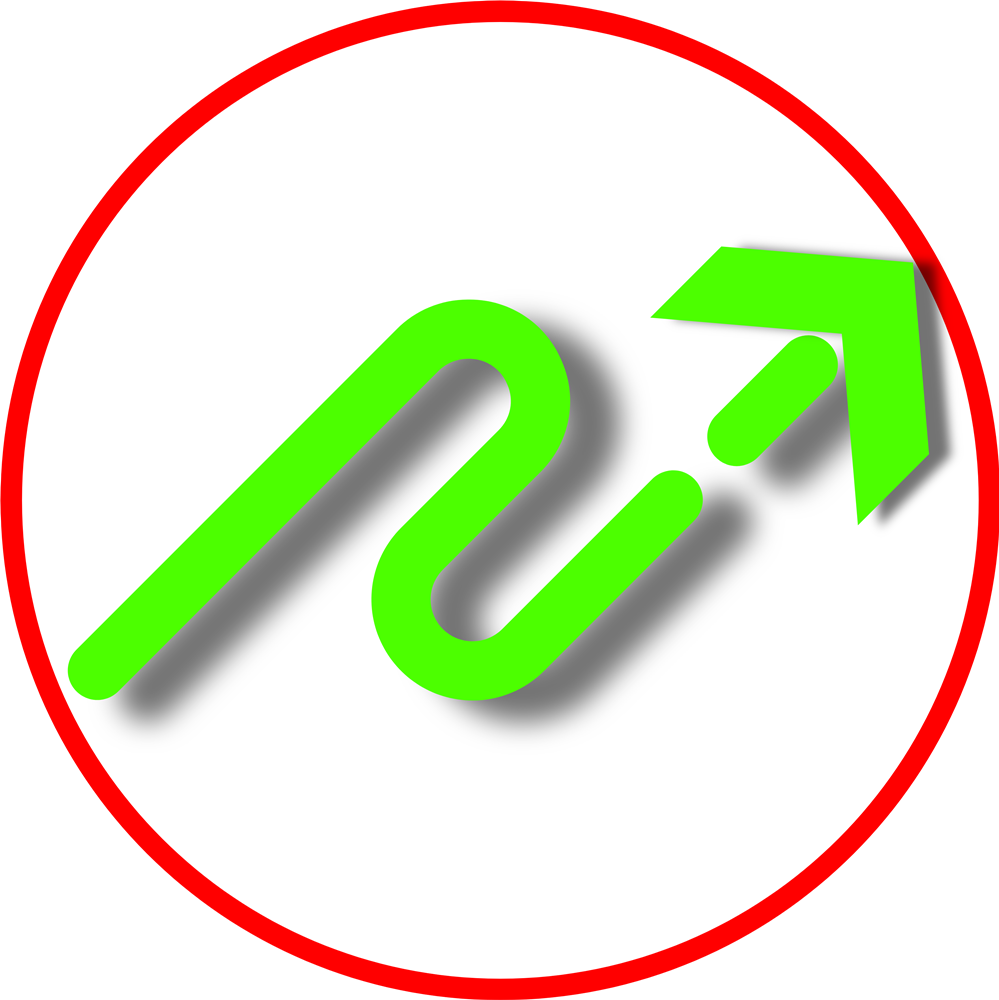A double bottom is a bullish reversal pattern that occurs when the price tests a support level twice without breaking lower, indicating strong buying interest. This pattern often suggests that the downtrend is losing momentum and a potential uptrend may follow. Conversely, a double top signals a bearish reversal, formed when the price tests a resistance level twice without breaking through. This pattern indicates selling pressure and suggests that the uptrend may be coming to an end.
A bull flag is a continuation pattern that appears after a strong upward movement. It typically involves a slight consolidation period before the trend resumes, providing a potential entry point for traders looking to capitalize on the ongoing bullish momentum. On the other hand, a bear flag forms during a downtrend, signaling a brief consolidation before the price continues its downward movement. Recognizing these flags can help traders identify potential breakout opportunities.
An ascending wedge is a bearish reversal pattern that often forms during a weakening uptrend. It indicates that buying pressure is slowing down, and a reversal may be imminent. Traders should be cautious as this pattern suggests a potential downtrend ahead. In contrast, a descending wedge appears during a downtrend and indicates that selling pressure is weakening. This pattern may signal a bullish reversal, suggesting a possible upward breakout in the near future.
A triple top is a bearish reversal pattern that forms after the price tests a resistance level three times without breaking through, indicating strong selling pressure. This pattern can help traders anticipate a potential downtrend. Conversely, a triple bottom is a bullish reversal pattern where the price tests support three times before breaking higher. This pattern highlights strong buying interest and can signal a significant upward move.
The cup and handle pattern is a bullish continuation pattern resembling a rounded bottom, followed by a small consolidation phase (the handle) before a breakout. This pattern often indicates strong bullish sentiment and can provide a solid entry point. The inverted cup and handle is the bearish counterpart, signaling potential downward movement after a rounded top formation, suggesting that a reversal may occur.
The head and shoulders pattern is a classic bearish reversal signal characterized by a peak (head) flanked by two smaller peaks (shoulders). This formation indicates a potential downtrend ahead, helping traders to identify possible selling opportunities. The inverted head and shoulders pattern serves as a bullish reversal indicator, suggesting that an uptrend may follow after the price forms a trough (head) between two smaller troughs (shoulders).
An expanding wedge is formed when price volatility increases, characterized by higher highs and lower lows. This pattern often indicates market uncertainty and can precede a breakout in either direction. Traders should monitor this pattern closely, as it can signal potential trading opportunities once a breakout occurs.
A falling channel is defined by a consistent downtrend, with price movement contained within two parallel lines. This pattern often suggests continued bearish sentiment. Conversely, a rising channel indicates an uptrend, with price moving between two upward-sloping parallel lines, signaling bullish momentum. A flat channel represents sideways movement, indicating consolidation with no clear trend direction, often leading to a breakout once the price escapes the channel.
P.S. It’s essential to remember that market makers, whales, smart investors, and Wall Street are well aware of these structures. Sometimes, these patterns may not work as expected because these entities can manipulate the market to pull money from unsuspecting traders. Therefore, always exercise caution, and continuously practice and hone your trading skills.
If you found this breakdown helpful, please give it a like and follow for more technical insights. Stay tuned for more content, and feel free to suggest any specific patterns you’d like me to analyze next!


